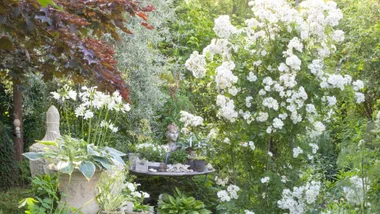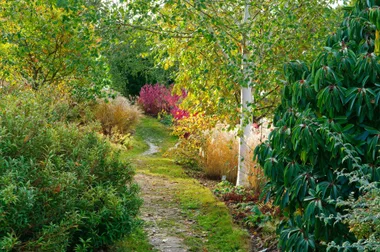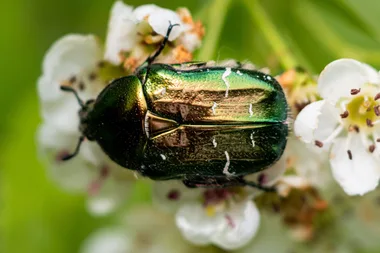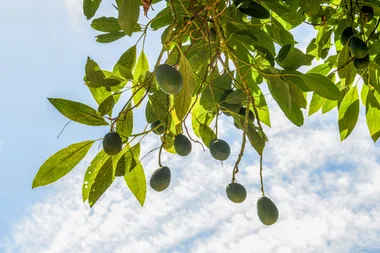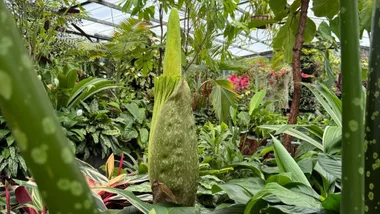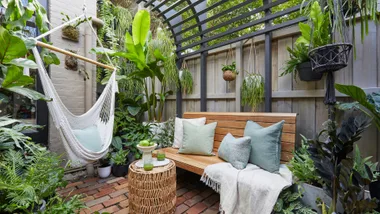The Japanese version of pruning is known as niwaki or “cloud pruning”. In this form, the trees are cut to resemble clouds or depict the distilled essence of the tree. Find out everything about this beautiful garden art, including how to start, pruning tips and the best species of tree to use. But have patience, because this process can take years!
WATCH: How to cloud prune with Charlie Albone
Imagine taking a wander through your garden with your head in the clouds – green clouds, in fact. The idea of pruning trees to look like clouds – or a lollipop fantasy straight from a Dr. Seuss book – has been developed by the Japanese for centuries, and cloud-pruned trees are now becoming popular in western gardens, especially if you love a contemporary look to suit your ultra modern home.
Their sculptured shapes create a stunning focal point with a single specimen, or you can compound the effect with a row of them. Whatever you decide, it will be a knockout!
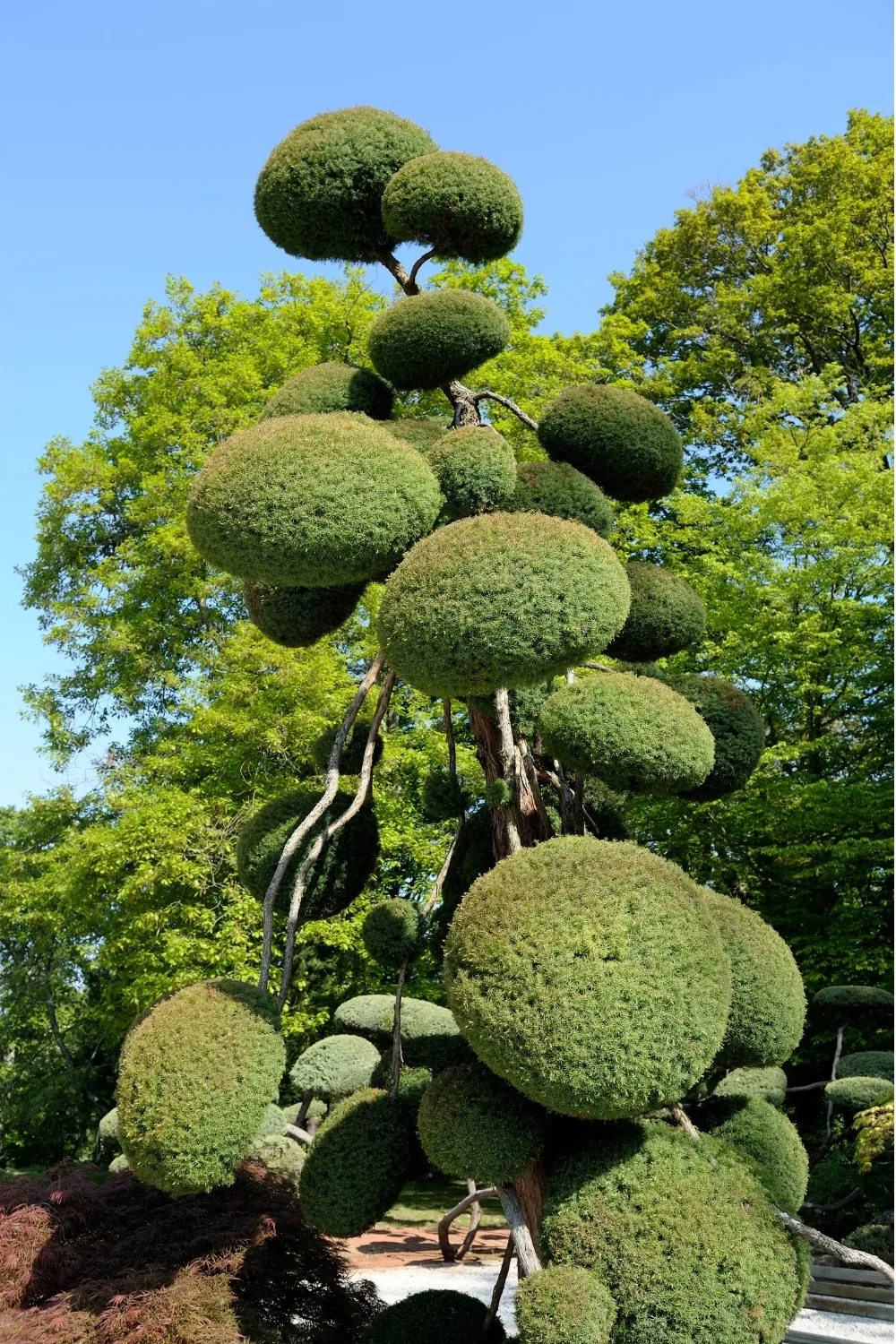
How to cloud prune
Starting your cloud pruning with immature trees is easier because of access for trimming. But more mature trees have already developed their personalities, and you can prune them to suit their individual idiosyncrasies. Look for interesting branch formations – strange branching will often give the best result.
For the first prune, remove unwanted branches and growth from the trunk and remaining branches using clean, sharp secateurs or pruners, so you end up with leaf growth only at the end of each branch. Shape the remaining denser end-growth by trimming into cloud shapes.
These shapes can include:
- Ball Soccer ball – shaped, the branches here are kept short and close together, so you need a fully crowned tree to achieve the desired effect.
- Lots – With a concave top and flat bottom, this is ideal for trees with wide branches. It’s best done with young trees you can manipulate with ropes or stakes and tape (see Branch twisters, below).
- Shell – Looking like a bunch of conical sun hats, the branches need to be medium to short.
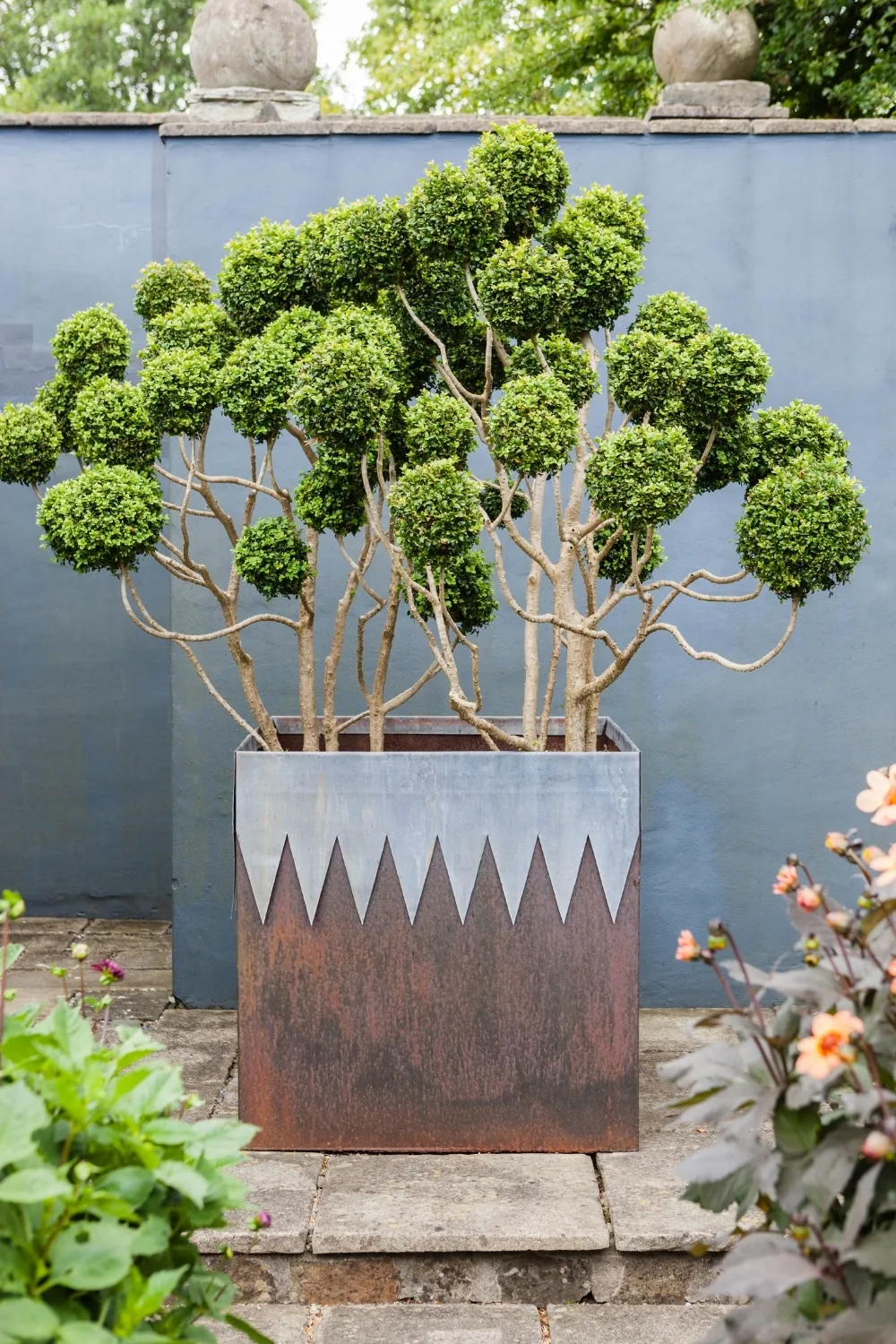
Practical matters
Use these tips to create a tree that looks amazing in your garden:
1. With little-leafed trees, pruning ends up with a smoother finish.

2. Branches seek out sun, so consider this when training their growth.

3. Sunlight is vital – this little ball needs energy for the work it has to do!

4. There’s nothing to stop you going freestyle with flowering trees.

The right trees for the task
Evergreens with small or needle-shaped leaves look more attractive pruned. Most often used are yews, pines, cypresses, orange jessamine (Murraya paniculata) and Japanese box (Buxus microphylla, below). If you’re ambitious and want flowering clouds – and who doesn’t – try camellia (C. sasanqua) for its small leaves or wisteria (above), although it won’t have leaves in winter.
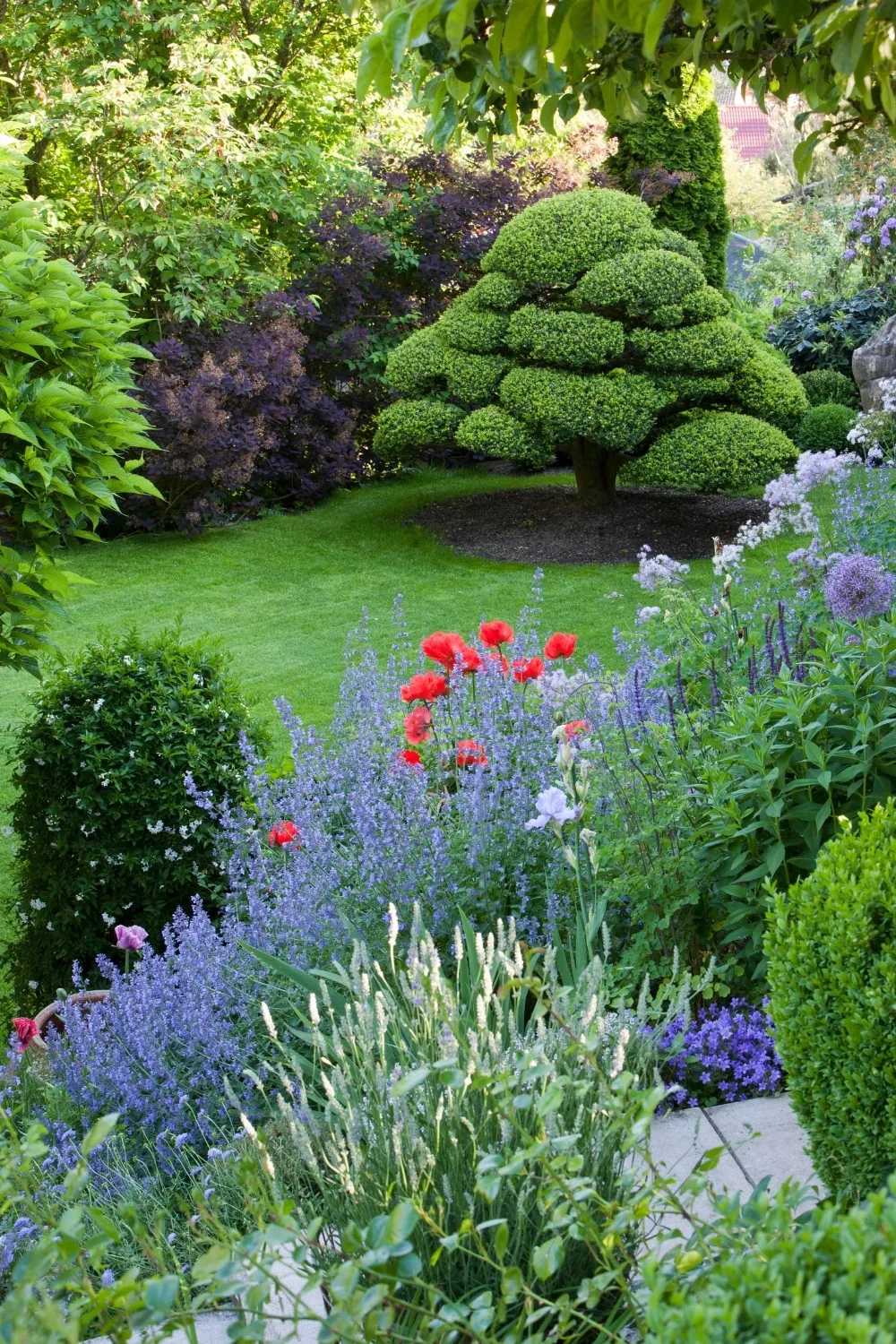
Care for your pruned trees
- Water your tree before you start pruning, as big cuts can be traumatic.
- Prune in spring and autumn to keep shape.
- Feed your tree with control-release fertiliser in spring.
- Keep trimming growth that doesn’t form part of your clouds.

Branch twisters
Foliage clouds are fascinating enough, but you can add even more impact by bending branches to create curves and take them in the direction you want for a more dramatic effect. This is mainly done with young flexible trees. Use ropes or winch straps to tie a branch to a trunk above or below where you want the curve to be, then slowly tighten and curve the branch into your desired direction. Or tape branches to stakes to train their growth, noting this training can take some months.

Growing tip
You can create a twinning effect with one half of the tree reflecting the other. this is best done with young trees.
Click here for more information.
You might also like:
